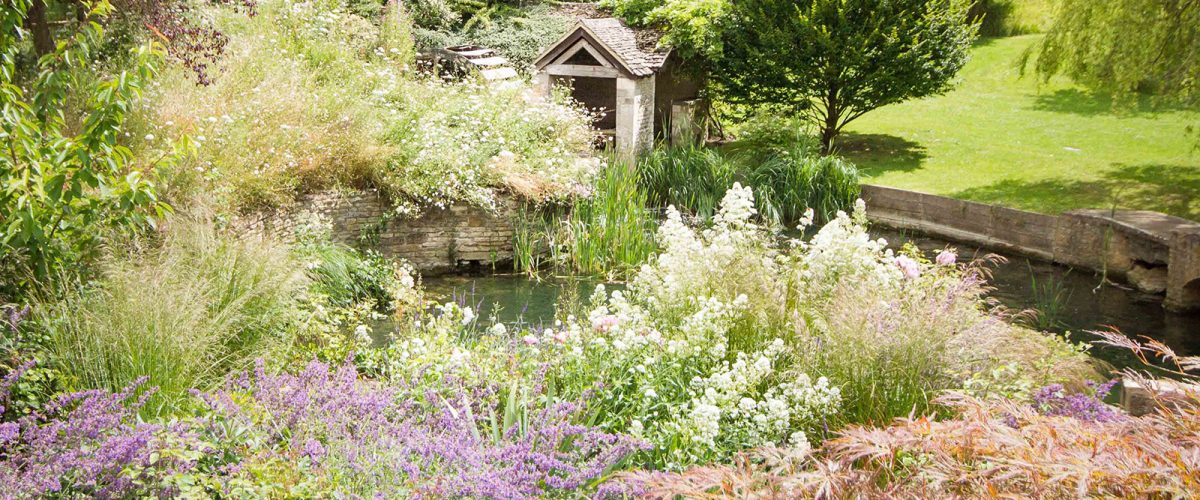
Flying the flag for good maintenance
Written on 15th September, 2022Someone (I think it was Penelope Hobhouse or Mary Keen) once said that a garden designer only has a relatively small role to play in the finished result of a garden. How it is looked after once a designer has left is the key to its success.
I couldn’t agree more. We designers are only part of the picture. I often tell clients that the day the interior of a house is finished is the day that the house will probably look its best, barring that subtle ‘lived in’ feel. On the other hand, the day a garden designer and their contractors leave, the garden will probably look like a schoolboy’s haircut (at least the ones I used to have). It will be ‘finished’ and tidy, but won’t have had time to settle in, grow and mature. I often wait two or three seasons before going back to photograph a garden for my portfolio, and I rely heavily on a good relationship with a competent gardener in the intervening years.
However, in those intervening years things can go awry. Not always, but sometimes. The garden doesn’t get looked after properly by the maintenance team, the designer loses interest and moves on, and the client doesn’t engage with the gardeners and assumes they are just there to tidy the garden.
The end result? A garden that doesn’t thrive, despite the huge amount of money spent on it, all for the sake of a few hours’ maintenance a month.
I always try to get clients to commit to maintenance from the start, or at least make them aware, and encourage them to factor in the cost. Allow £30/hr minimum (in London), and weekly visits during the summer. Despite its poor image, gardening done right is a skilled job, requiring specialist knowledge.
Where does it go wrong? Well with a small number of clients, there’s little or no interest in the garden’s evolution, mainly, I would say, because of a lack of understanding. It’s up to the designer to explain to the client that it will take at least a couple of years for a garden to approach something resembling maturity. On one occasion, once we finished a job in Kensington, the client went straight to Hype Park and sent me photos of plants there, asking me if I was “ashamed” at the work we had recently finished on his terrace, compared with what had been growing in the park for years. I was not, of course.
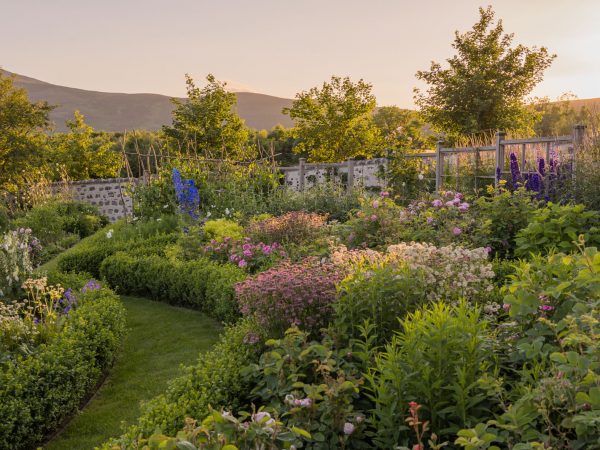
A few clients also don’t understand that gardening is not the same as tidying up. If you employ someone simply to mow the grass and blow the leaves, then you are missing out on all the pruning, composting, mulching, feeding, staking, skilled (and yes, it is skilled) watering, weeding, and pest and disease control that good gardeners also do, to say nothing of their own designers eye, when it comes to some careful editing, to make sure that a particular plant doesn’t start to dominate, for example. I try to encourage clients to engage with the gardener, and explain how they would like the garden to look, and then trust them to get on with it. They will appreciate the direction.
My last gripe on the client side, is not giving the gardener enough time to do their work. You get what you pay for. I’ve been trying to go back to a project we recently completed outside London, but the garden just isn’t up to photographing standard. The client once said to me about the gardener “He’s getting half a day a week and that’s it”. Well, lo and behold that client started to complain about the state of the garden, and the gardeners got fed up and demoralised and dropped the client so they now have no help and the garden will deteriorate unless they can find a replacement. Yes, it’s an ongoing cost if you aren’t going to do it yourself but I’m afraid it’s one you can’t skimp on. If you had to, then I would suggest doing the menial jobs, like mowing and leaf collection, and leaving the skilled work to the experts.
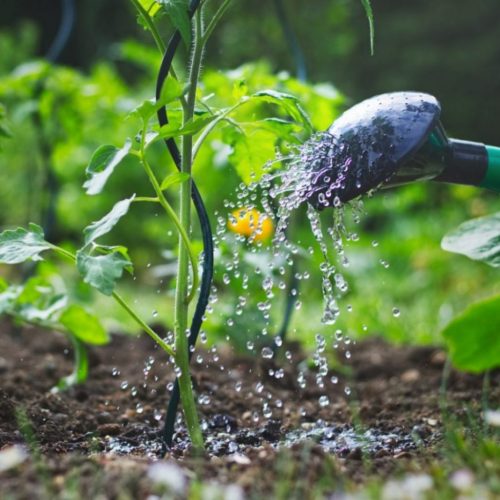
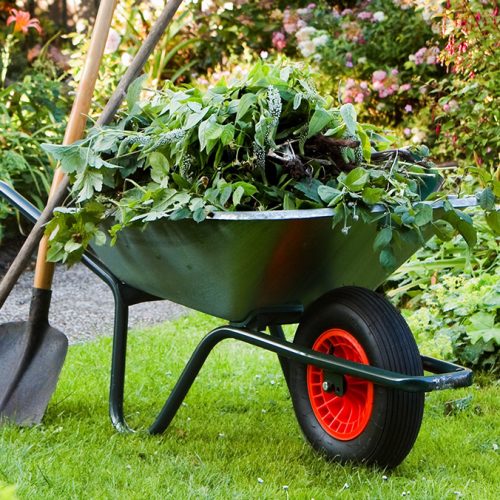
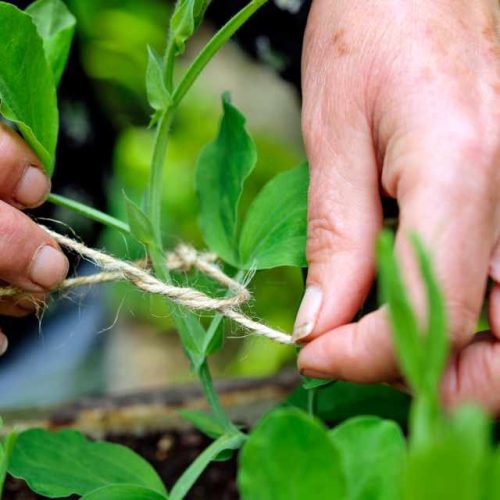
On the industry side, the profession just isn’t respected. It’s somehow seen as less noble, less skilled than other professions. Once, I had to enlisted the help of all hands on a site in London, to bring a mature multi stemmed tree through the house. Everyone helped (electricians, plasterers, joiners etc) but no-one took it seriously, and when the tree was finally in position, they all posed for photos next to it, one foot on the rootball, hands on hips, like they had just bagged one of the Big Five on safari.
Maintenance companies I speak to, and head gardeners too, say recruiting is extremely challenging. There are plenty of applicants who want a bit of cushy extra manual work who think can ‘learn on the job’ until they get bored and move on to the next thing but try getting them to work on time after a bank holiday weekend in August, or when the weather turns in winter.
You can only learn on the job to a degree. Decent gardeners are expected to know what they are doing, but horticulture is not being taught properly which can result in a low standard of maintenance, and in the end, a below par looking garden.
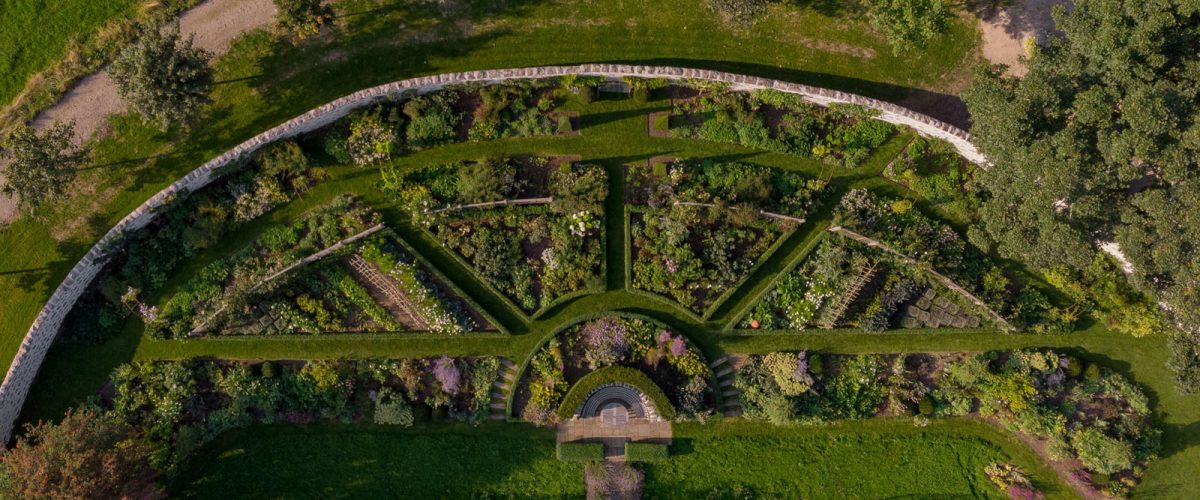
And then it’s about simple communication. Designers should be speaking to gardeners and maintenance companies, keeping those looking after the gardens they have designed, interested and motivated, with a sense of being directed so they know what is required. I’ve had the odd problem with head gardeners on larger country gardens. Most are great and the knowledge they have of a particular site is first class, but others can be tricky when they feel that some arrogant designer is about to start telling them what to do in a garden they’ve been working on for years. That’s understandable. Designers have to respect their knowledge and experience. One such gardener went out his way to avoid meeting me but when I visited, I never saw any work being done in the beds and in fact all he did was mow the grass, and blow leaves. Thankfully the client got rid of him and they now have a gardener who understands how to look after plants. The client, gardener and I speak to each other regularly, and I manage things quite closely. The result? Yup, a lovely looking garden, satisfied client, happy gardener and a designer who feels he’s done his job.
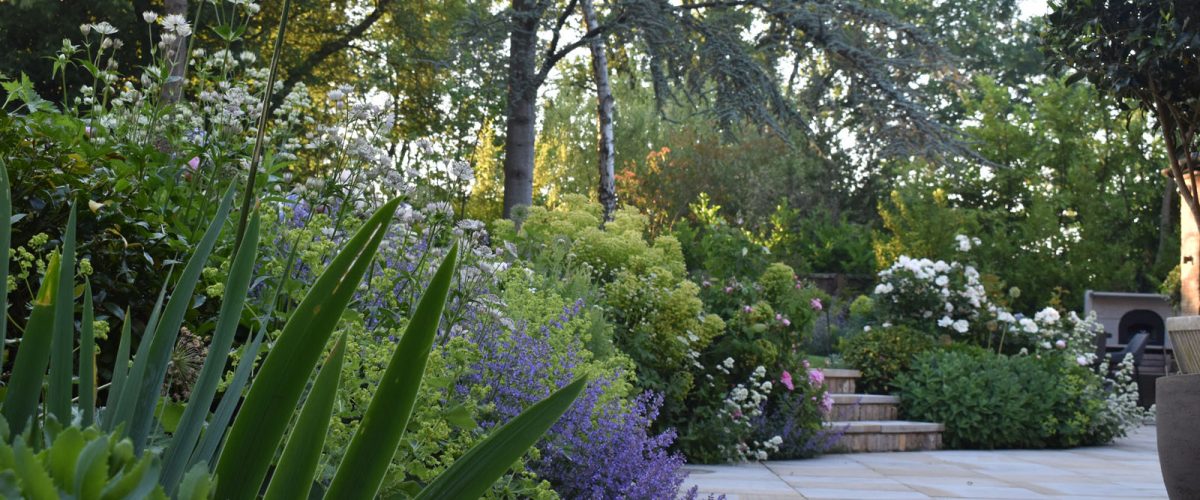
So to clients I would say (respectfully), pay the right money, commit to the hours, engage with the gardener, make them feel involved. You’ll get more out of them and will see the results. Don’t waste all the good money you’ve spent on the garden by scrimping on maintenance.
And to gardeners I would say, get some proper training, really learn how to grow things and look after them. Garden at home. Take a real interest. It’s a wonderful profession, good for the soul, and you’ll live longer. It’s a hell of a lot more noble than a lot of other jobs out there and you get to work outdoors while others are tied to a desk or working on a dusty building site. The money can be decent too, but only if you are.
And to more established gardeners I would say (again respectfully), we designers are on your side and together we make a great team, that results in a beautiful garden and a happy client. You know the soil conditions and intricate parts of the garden that we don’t. You have a longer relationship with the client sometimes. And we try to bring the overall vision, interpreting the client’s wishes on a large scale. If you are onside then we’ll ask you to do more designing and editing as the garden matures.
Finally, for designers, your job is to manage the clients expectations, explain what maintenance will be needed after the garden has been built and planted. Make the gardeners and maintenance team feel part of the process, but respect the knowledge and experience of those who may well have been gardening longer than you have.
